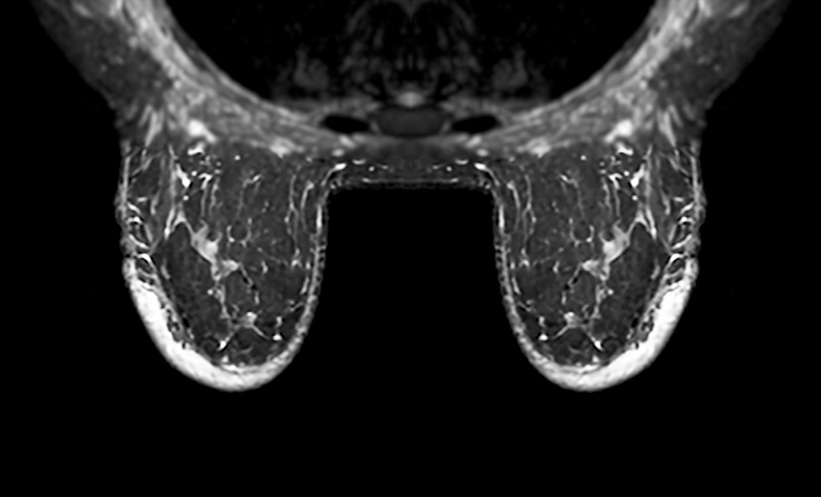BACKGROUND
Metastatic collecting ducts carcinoma is biologically poorly characterised and under-represented in prospective randomised trials.1-3
METHODS
This prospective, monocentric, Phase Il trial tested cabozantinib (cabo) 60 mg in treatment naive mCDC patients. Primary endpoint was objective response rate per RECIST 1.1. Secondary endpoints were progression free survival (PFS), overall survival and safety profile. Exploratory objectives were to identify somatic mutations by targeted DNA sequencing, and to define molecular subtypes, signatures and transcript fusions genes by RNA sequencing. A central pathological review was mandatory. The study was based on a Simon’s two stage optimal design.
RESULTS
From January 2018 to November 2020, 25 patients were enrolled, of whom 23 started treatment. The median age was 66 years and 19 patients were male. The most common metastatic sites were lymphnodes and bone (15 and 13 patients, respectively), followed by lung and liver (10 and 4 patients, respectively). Median follow up was 8 months. Objective response rate was 35% (1 complete response and 7 partial repsonses). Median PFS was 6 months. All patients reported at least one grade (G) 1–2 adverse event (AE). The most common were fatigue (43%), hypothyroidism (28%), stomatitis (28%), anorexia (26%), hand-foot syndrome (13%), hypertension (17%), and diarrhoea (13%). Five patients reported G3 AEs (2 thromboembolic events, 2 arterial hypertension, 1 fatigue), while no G4–5 AEs were reported. Seventeen percent of patients required dose reduction. DNA sequencing was successful in 21 (91%) patients. All tumours were microsatellite stable. No association between tumor mutational burden and response to cabo was observed. The most affected pathways were chromatin modifying enzymes (46%) and adaptive immune system (23%). Responsive patients (PFS>6 months) showed high frequency of mutations affecting deubiquitination, cell-cell communication, and TGF-n signaling. Non-responders were frequently mutated in chromatin remodeling, transcriptional regulation and Wnt signalling pathways.
CONCLUSIONS
The study met its primary endpoint showing promising efficacy and acceptable tolerability of cabo in metastatic collecting ducts carcinoma patients. Mature results according to mutational profiles and gene signatures will be presented.








